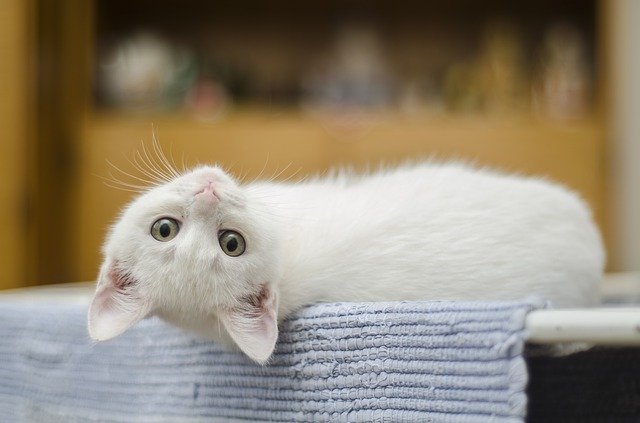
Kittens are born kittens. At birth, kittens are normally only half-blind and depend on their mother for survival as long as they can. They don’t generally open their eyes before after seven weeks. After about two months, kittens start to explore and quickly become independent of their nest. By the age of two months, your kittens will have developed their own sense of hearing and sight and will be ready to venture out on their own.
Kittens depend on their mothers for all of their needs, even before they are weaned. From the first day you bring your kitten’s home from the breeder, or from the animal shelter where you adopted them, you should feed them with high quality food; dry pellets or canned food as per your veterinarian’s instructions. Kittens under two weeks of age, usually have some degree of cerebellar amnesia and will need to be taught to eat solids. They should also be weaned off of breast milk at four to six weeks of age. At six to eight weeks of age, kittens will be ready to eat kitten chow. At eight weeks and older, solid food can be given to your kittens but you must watch them carefully because they can accidentally eat harmful items.
A lot of breeders prefer to breed kittens during the second two weeks of age, when they are generally closer to independence, because it is during this time that they begin to seek out their own feed. At this time, the kitten will begin to get curious about its surroundings and begin exploring everything in the cage. It is important to introduce some new things, like kibble, into the kitten’s environment, to keep it interested in the things around it. In most cases, the breeder will allow you to feed your newborn kitten with the same food you gave your adult cat, until it has had enough experience eating solid food for itself. However, some breeders insist that feeding a kitten chow at three weeks of age, is not only safer for the kitten but also less messy for the mother cat if she happens to make a mess of the kitty’s food dish.
During this vital second week of kitten care, you will need to start using special tools like a baby brush and a kitten comb, in order to keep your kitten’s hair in proper condition. You will need to comb the coat thoroughly in order to remove all loose hairs and at the same time brush the coat to remove any matting. You may also purchase a kitten shampoo that is specially formulated for kittens, in case you do not feel the need to comb the kitten’s hair. These water bowls, especially the ones that come with adjustable water levels, will make it easier for you to check whether the water levels are correct, without having to get up on a ladder and make the water bowl sink.
A kitten needs to be kept warm at all times and this means using a heated water bottle or a small bowl to give the feline its bottle warmed water. Kittens may also be kept in a towel lined with soft material in order to prevent themselves from getting colds. Once they have completely dried off, they can be put back in their carriers. It is essential that kittens are kept warm during the first few days of life because they do require lots of warmth. If you leave them in their carriers, they can easily become overheated and sickly. In addition to that, kittens may also contract infections from fleas and ticks, which could cause serious complications during their early years of life.
On reaching the age of six weeks, your kittens will be ready for solid food. At this point, they can be fed kibble which should consist of high protein and high fat contents, along with vegetables like carrots, corn, squash and peas. If you wish to introduce solids into the diet at this point, you can do so up until the age of eight weeks. If you feed your kittens a diet consisting of only dry kitten food at this point, it is important to make sure that they do receive adequate vitamins and minerals along with the right amounts of calories.








